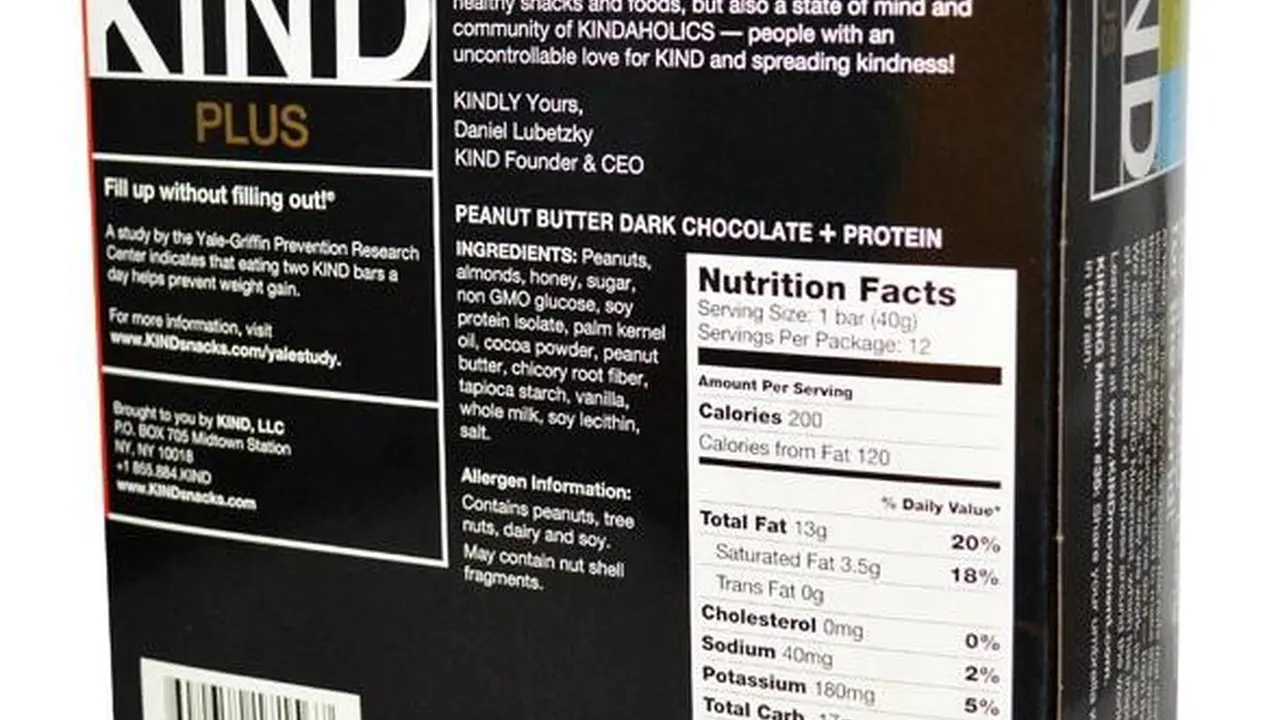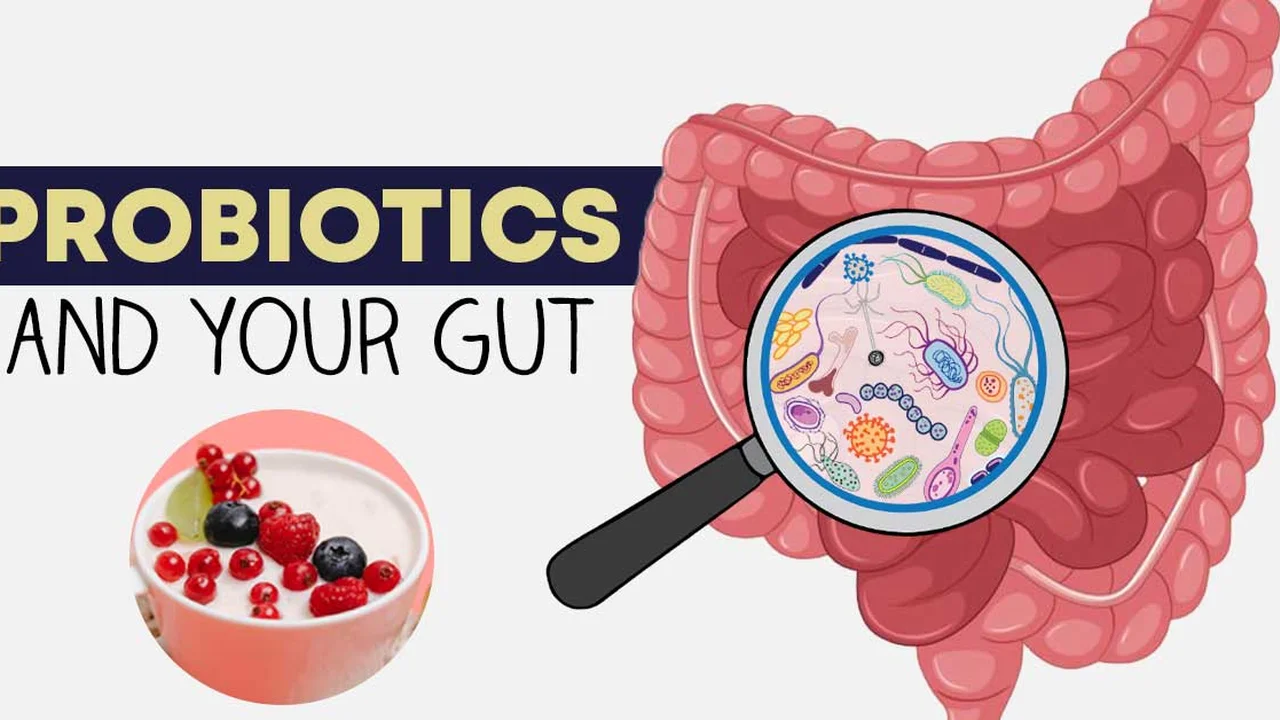Understanding Food Labels: A Beginner's Guide
Sample meta description.

Decoding Nutrition Facts Understanding Serving Size and Calories
Okay, let's dive into the wonderful world of food labels! First up, the serving size. This is super important because all the nutritional information listed on the label is based on *that* serving size. Don't assume the entire package is one serving unless it specifically says so. For example, a bag of chips might list the nutritional info for just 1 ounce, but who eats only 1 ounce of chips, right? Pay attention to this number to avoid accidentally overeating calories, fat, sugar, etc. Calories are king (or queen?) when it comes to weight management. This number tells you how much energy you’re getting from one serving of the food. Keep in mind that everyone's calorie needs are different, depending on factors like age, sex, activity level, and overall health. Use calories as a guide, but don't obsess over them. It's about the overall quality of your diet, not just the calorie count.
Macronutrients Demystified Fats Carbohydrates and Proteins
Now for the macronutrients – the big three: fats, carbohydrates, and proteins. Let's break them down: Fats: Don't be afraid of fats! We need them for energy, hormone production, and nutrient absorption. However, some fats are healthier than others. Focus on unsaturated fats (monounsaturated and polyunsaturated), found in foods like avocados, nuts, seeds, and olive oil. Limit saturated fats (found in red meat and dairy) and avoid trans fats (often found in processed foods). Carbohydrates: Carbs are our body's primary source of energy. Choose complex carbohydrates like whole grains, fruits, and vegetables over simple carbohydrates like sugary drinks and processed snacks. Complex carbs provide sustained energy and are packed with fiber. Proteins: Protein is essential for building and repairing tissues. Good sources of protein include lean meats, poultry, fish, beans, lentils, tofu, and eggs. Protein helps you feel full and satisfied, which can aid in weight management.
Vitamins and Minerals The Micronutrient Powerhouses
Vitamins and minerals might be small, but they're mighty! These micronutrients are crucial for various bodily functions, from immune support to bone health. The food label lists some of the key vitamins and minerals, such as Vitamin A, Vitamin C, calcium, and iron. Aim to get a variety of vitamins and minerals from a balanced diet. Don't rely solely on supplements; whole foods are always the best source.
Understanding the Percent Daily Value (%DV) and Making Informed Choices
The %DV tells you how much of a nutrient in a serving of food contributes to a total daily diet. It's based on a 2,000-calorie diet, so your individual needs may vary. As a general rule, 5% DV or less is considered low for a nutrient, while 20% DV or more is considered high. Use the %DV to compare different products and choose options that are higher in nutrients you need (like fiber and vitamins) and lower in nutrients you want to limit (like saturated fat and sodium).
Navigating Added Sugars and Making Healthier Swaps
Added sugars are sugars that are added to foods during processing. They provide calories but little to no nutritional value. The food label now includes a separate line for added sugars, making it easier to identify foods that are high in them. Aim to limit your intake of added sugars by choosing unsweetened beverages, opting for whole fruits instead of sugary snacks, and reading labels carefully. Common sources of added sugars include soda, candy, pastries, and sweetened yogurt. Try swapping sugary drinks with water infused with fruit, or choose plain yogurt with berries instead of flavored yogurt.
Decoding Ingredient Lists Prioritizing Whole Foods
The ingredient list is listed in descending order by weight, meaning the first ingredient is the most abundant in the product. Look for foods with short ingredient lists that are made up of whole, recognizable ingredients. Avoid foods that contain a lot of artificial ingredients, preservatives, and additives. For example, a loaf of bread should ideally have ingredients like whole wheat flour, water, yeast, and salt. If it contains a long list of chemicals you can't pronounce, it's probably best to skip it.
Product Recommendations Healthy Snacking Options and Comparisons
Let's talk about some specific product recommendations! I'm focusing on snack options here, as that's where many people struggle with healthy eating. Trail Mix Showdown: * Option 1: Kirkland Signature Trail Mix (Costco) - This mix usually includes nuts (almonds, cashews, walnuts), seeds (pumpkin, sunflower), dried fruit (cranberries, raisins), and sometimes chocolate chips. The price is generally around $20-$25 for a large bag (3-4 lbs). Pros: Good variety of healthy fats, protein, and fiber. Cons: Can be high in calories and sugar due to the dried fruit and chocolate. Use Case: Perfect for hiking, road trips, or a quick afternoon snack. Portion control is key! * Option 2: Nature Valley Sweet & Salty Nut Granola Bars (Peanut) - These bars offer a convenient way to get a quick snack. They usually cost around $5-7 for a box of 6. Pros: Portable, relatively low in calories, and provides some protein and fiber. Cons: Can be high in added sugar and processed ingredients. Use Case: Ideal for on-the-go snacking when you don't have time to prepare something. * Comparison: The Kirkland trail mix is generally a healthier option due to its higher content of nuts and seeds. However, the Nature Valley bars are more convenient for portability. Choose the option that best suits your needs and prioritize portion control. Yogurt Choices: * Option 1: Fage Total 0% Plain Greek Yogurt - This yogurt is a powerhouse of protein and is very low in sugar. It typically costs around $1.50-$2 per container. Pros: High in protein, low in sugar, versatile (can be used in savory and sweet dishes). Cons: Some people find the taste a bit tart on its own. Use Case: Great for breakfast, snacks, or as a base for healthy dips and sauces. * Option 2: Chobani Less Sugar Greek Yogurt - This yogurt offers a slightly sweeter option with less added sugar than traditional flavored yogurts. The price is usually around $1.25-$1.75 per container. Pros: Good source of protein, lower in sugar than many flavored yogurts, comes in a variety of flavors. Cons: Still contains some added sugar. Use Case: A convenient and relatively healthy snack option. * Comparison: Fage is the clear winner in terms of protein and sugar content. However, Chobani Less Sugar offers a more palatable option for those who prefer a sweeter taste. Consider adding your own fruit and a drizzle of honey to Fage for a healthier and customized flavor. Beverage Alternatives: * Option 1: La Croix Sparkling Water - A calorie-free and sugar-free alternative to soda. A pack of 12 cans usually costs around $4-6. Pros: Zero calories, zero sugar, comes in a variety of flavors. Cons: Doesn't provide any nutrients. Use Case: A refreshing and healthy alternative to soda or juice. * Option 2: Unsweetened Iced Tea (Brewed at Home) - A simple and refreshing beverage with minimal calories and no added sugar. The cost is minimal – just the price of tea bags! Pros: Low in calories, rich in antioxidants, customizable. Cons: Requires some preparation. Use Case: A healthy and hydrating beverage to enjoy throughout the day. Remember, these are just a few examples. The best way to make informed choices is to read food labels carefully and compare different products. Happy snacking!
Putting It All Together Practical Tips for Healthy Eating
Okay, so you've learned how to decipher food labels. Now what? Here are some practical tips to help you put your knowledge into action: * Plan your meals: Planning your meals in advance can help you make healthier choices and avoid impulse decisions. * Cook at home: Cooking at home allows you to control the ingredients and portion sizes. * Read labels before you buy: Take the time to read food labels before you put items in your cart. * Focus on whole foods: Prioritize whole, unprocessed foods like fruits, vegetables, whole grains, and lean protein. * Don't be afraid to experiment: Try new recipes and healthy ingredient swaps to keep things interesting. * Listen to your body: Pay attention to your hunger and fullness cues and eat accordingly. * Don't beat yourself up: Everyone slips up sometimes. Just get back on track with your next meal.
Eating healthy doesn't have to be complicated or restrictive. By understanding food labels and making informed choices, you can nourish your body and enjoy a delicious and satisfying diet. Good luck!
:max_bytes(150000):strip_icc()/277019-baked-pork-chops-with-cream-of-mushroom-soup-DDMFS-beauty-4x3-BG-7505-5762b731cf30447d9cbbbbbf387beafa.jpg)






